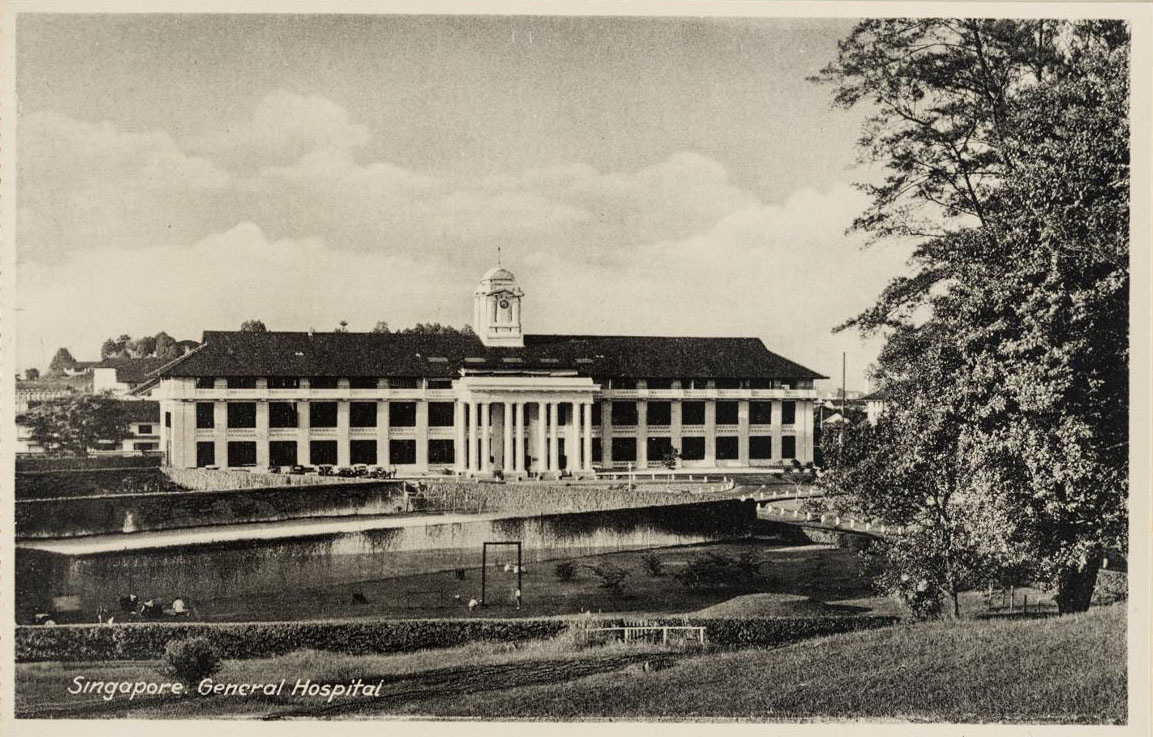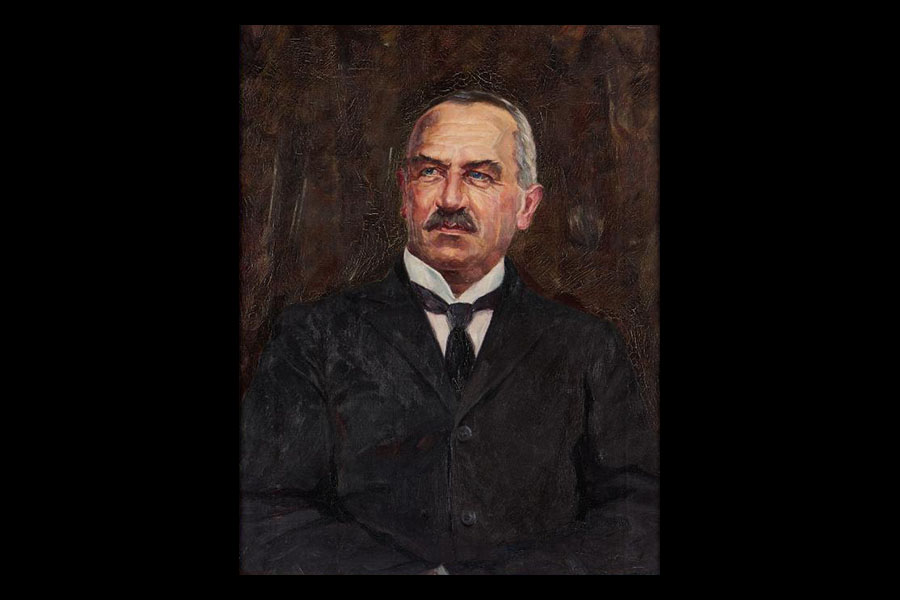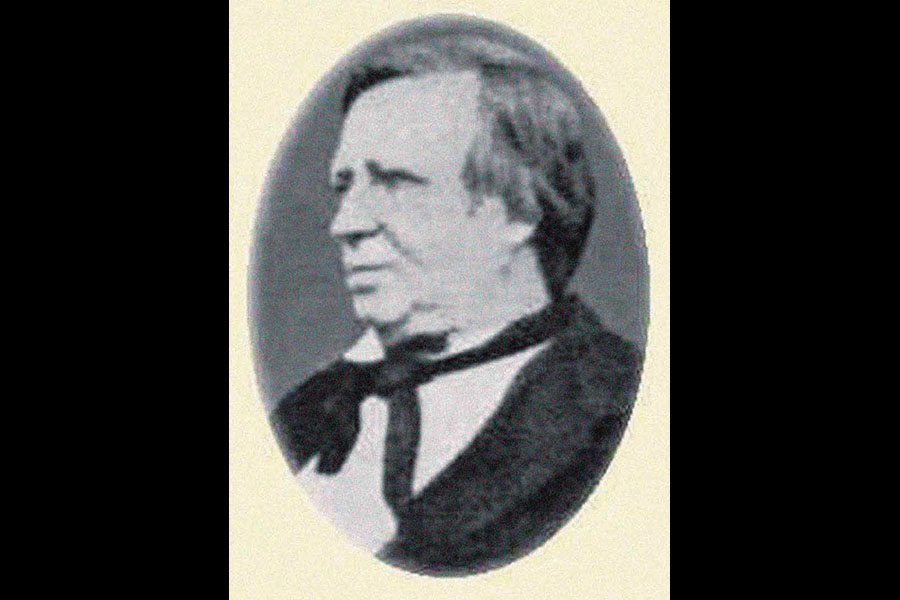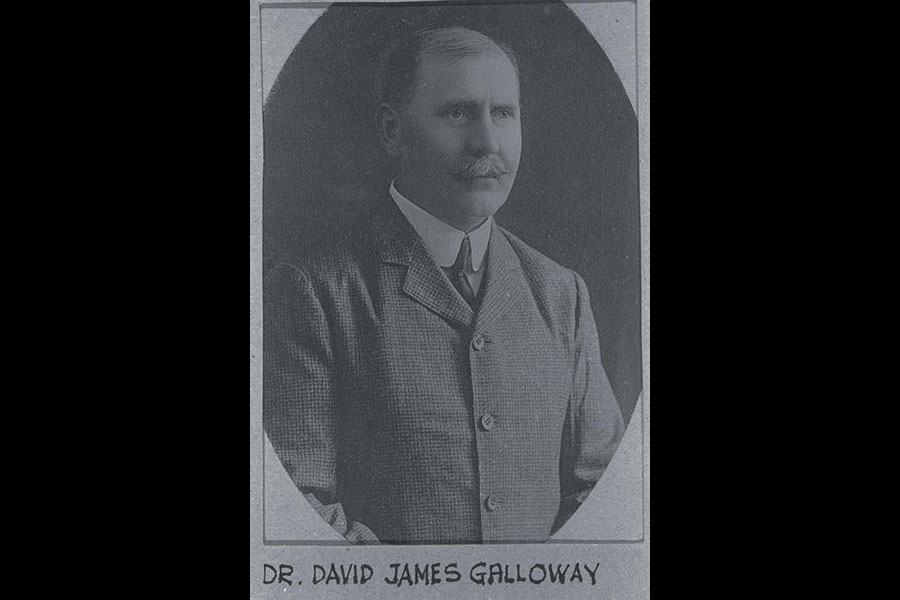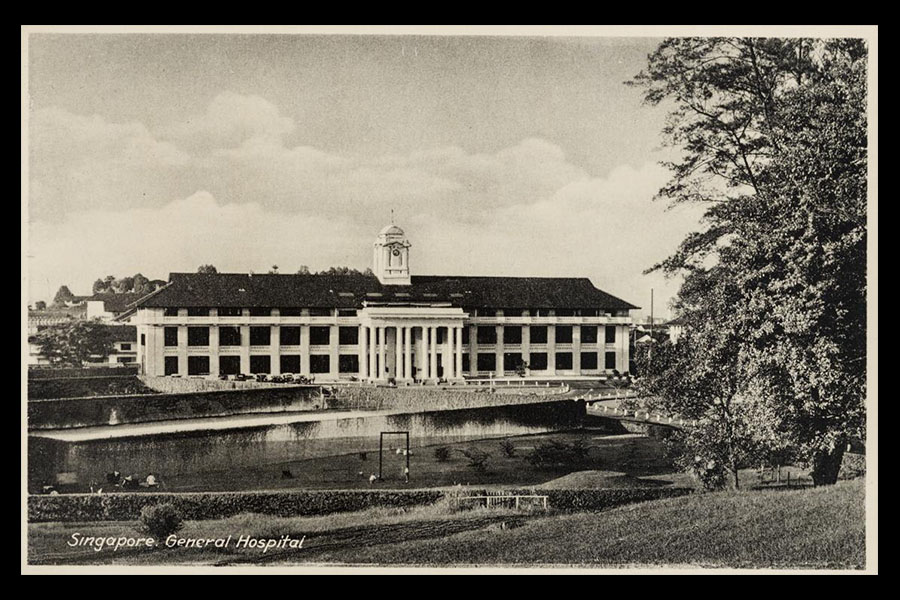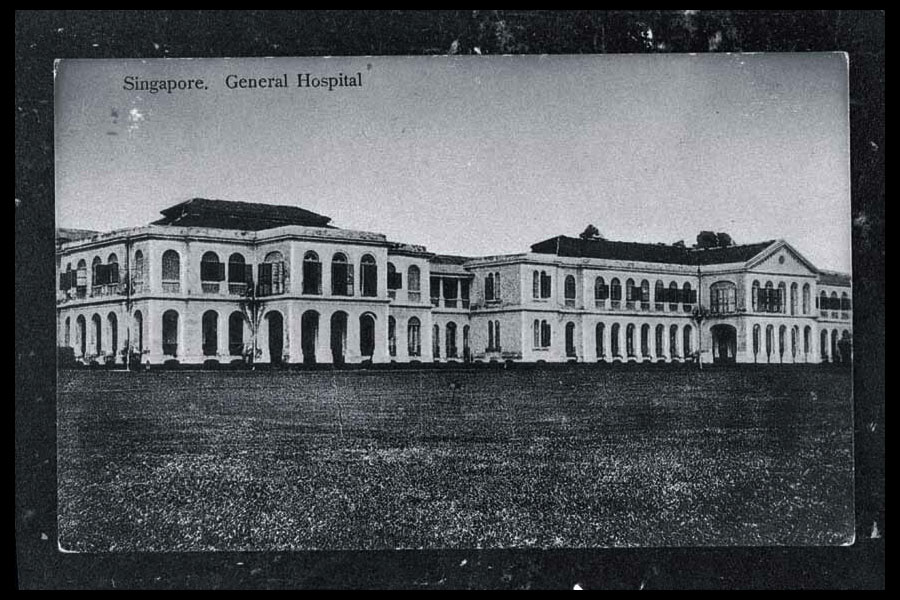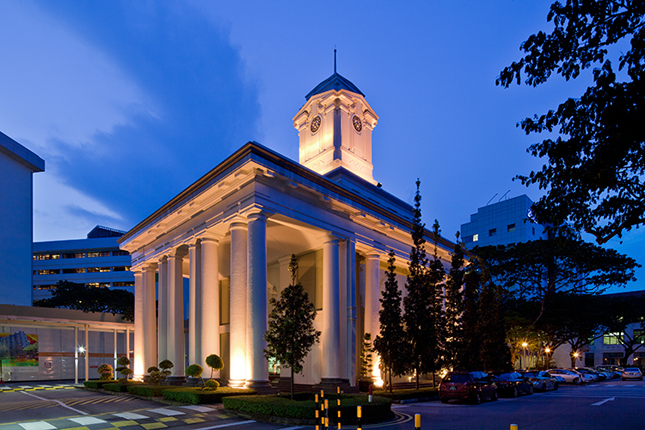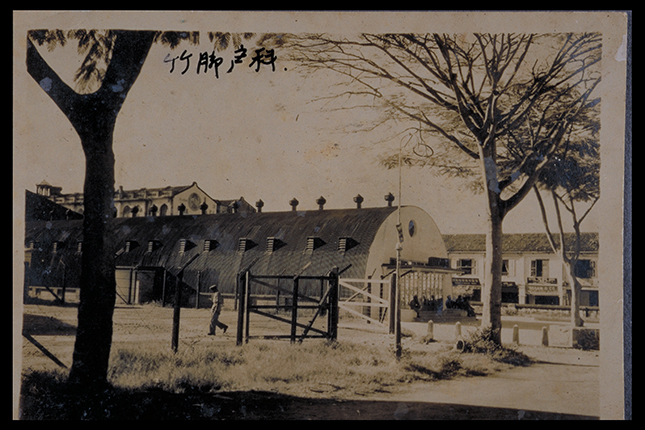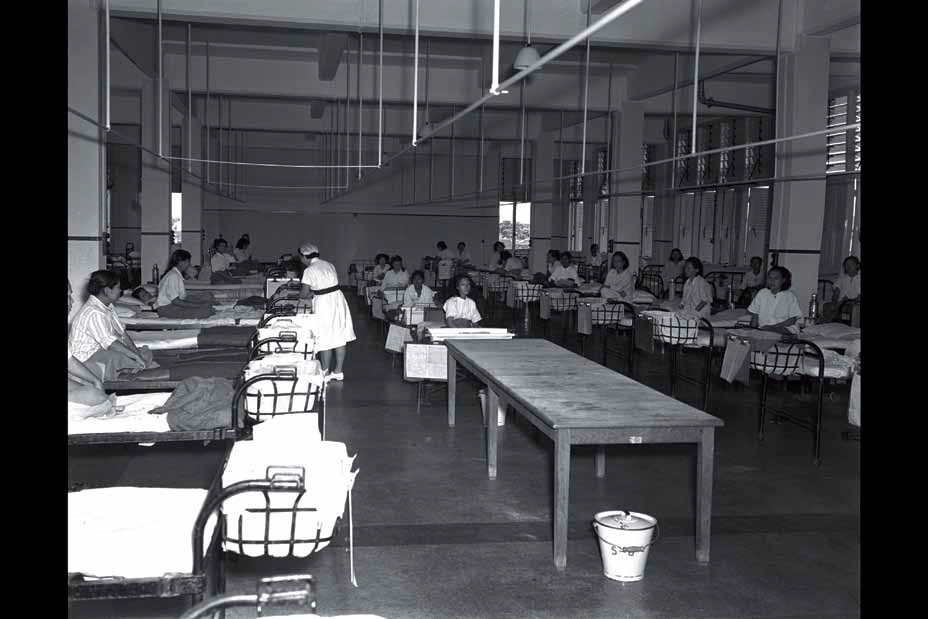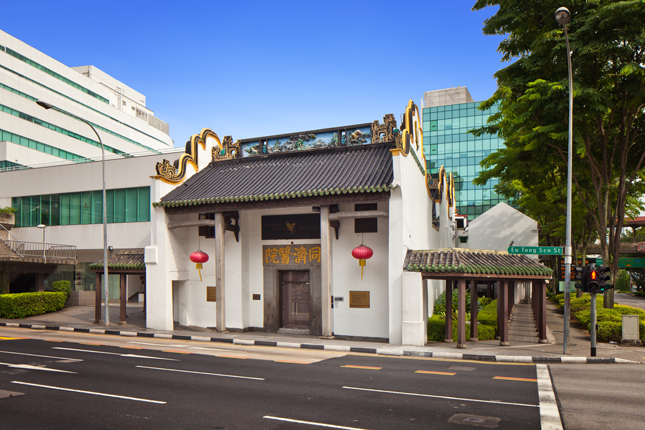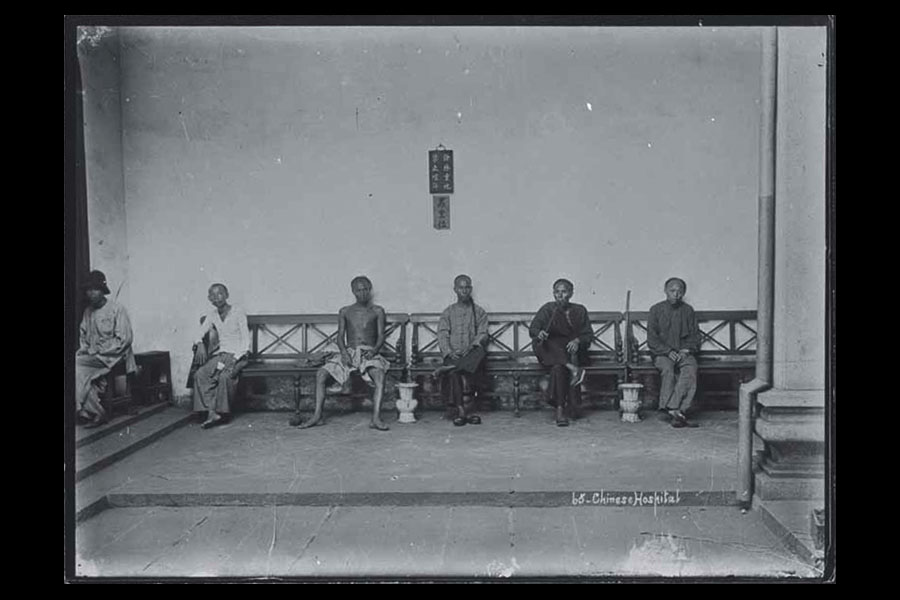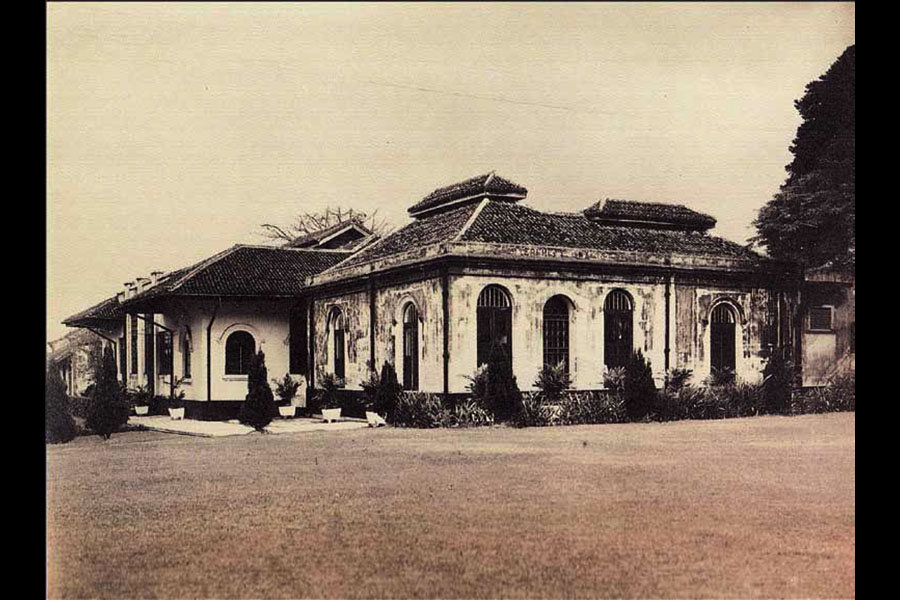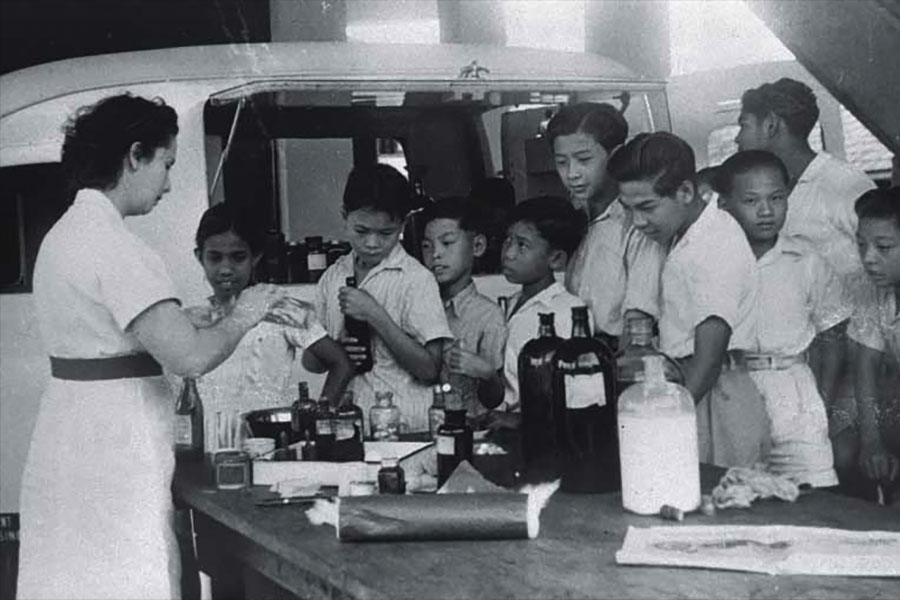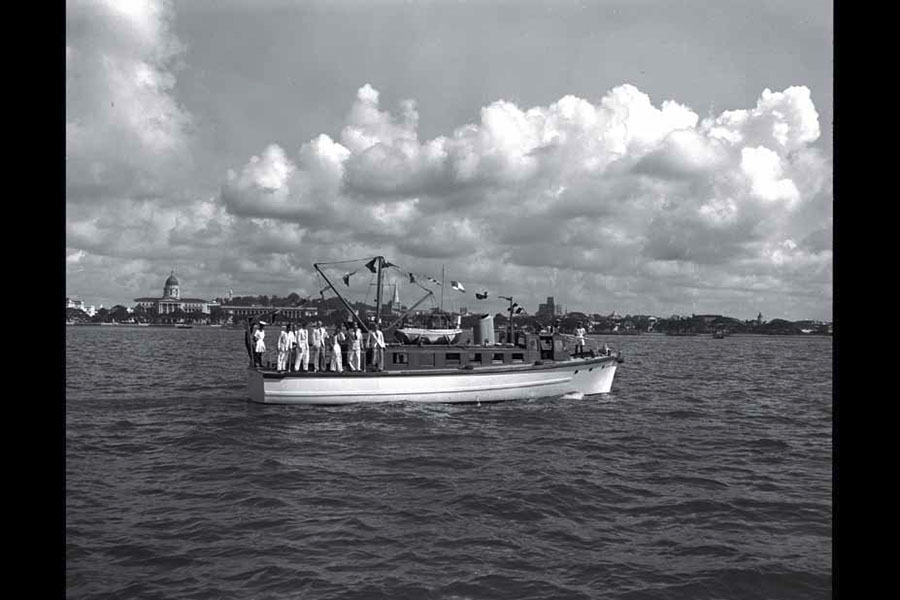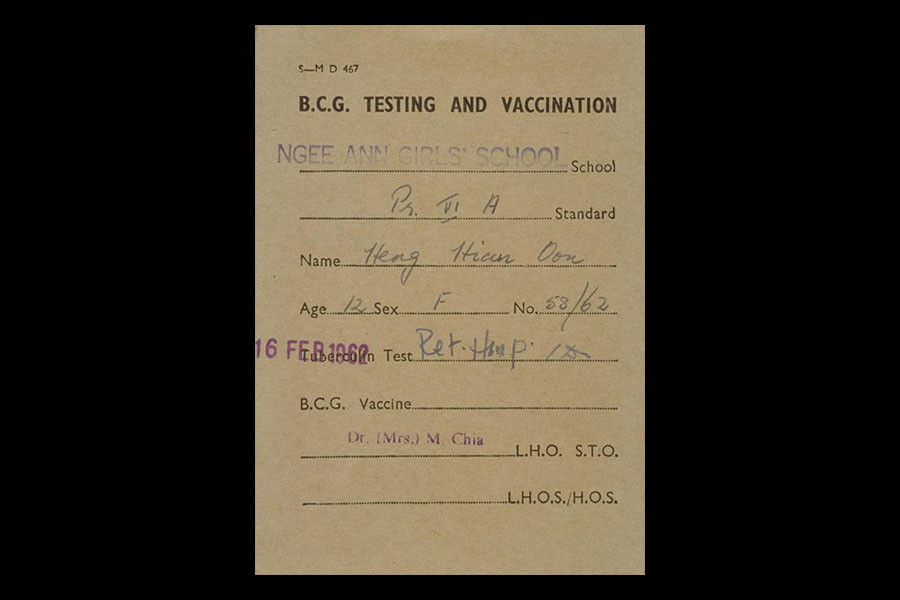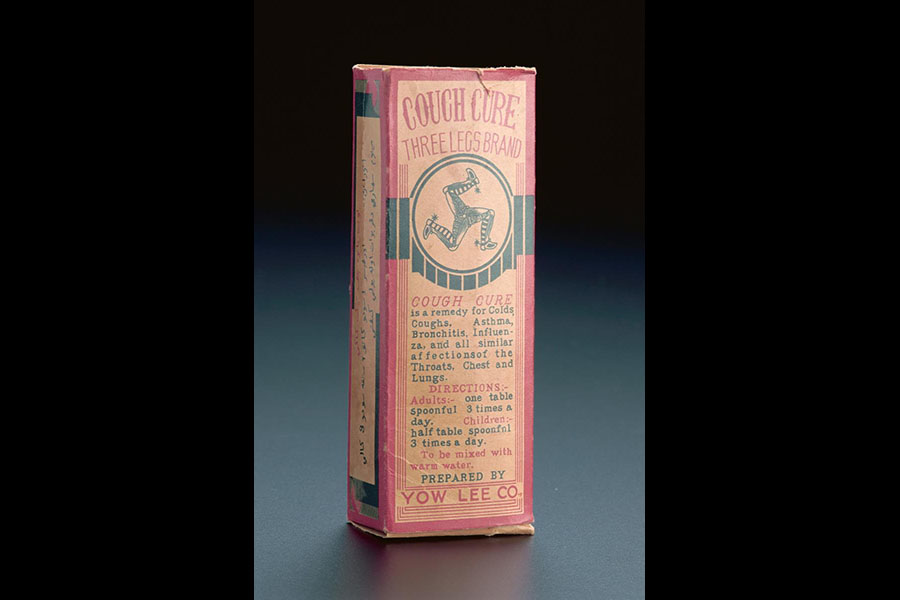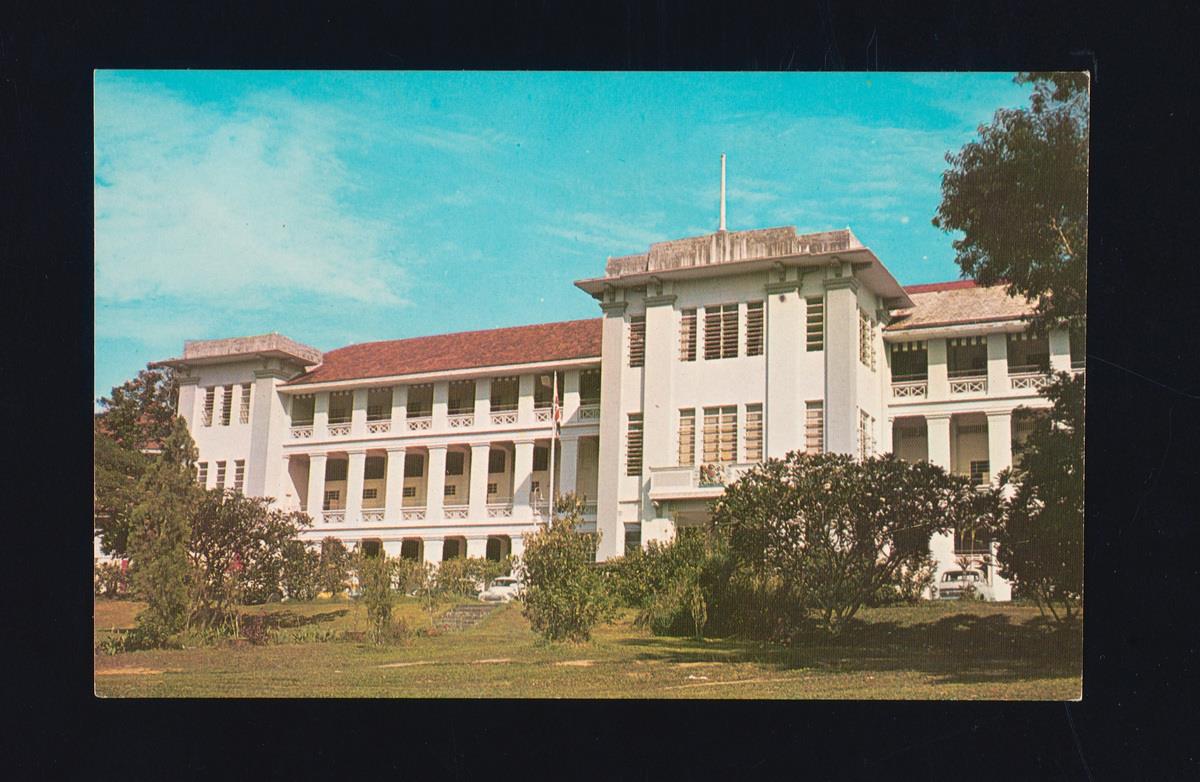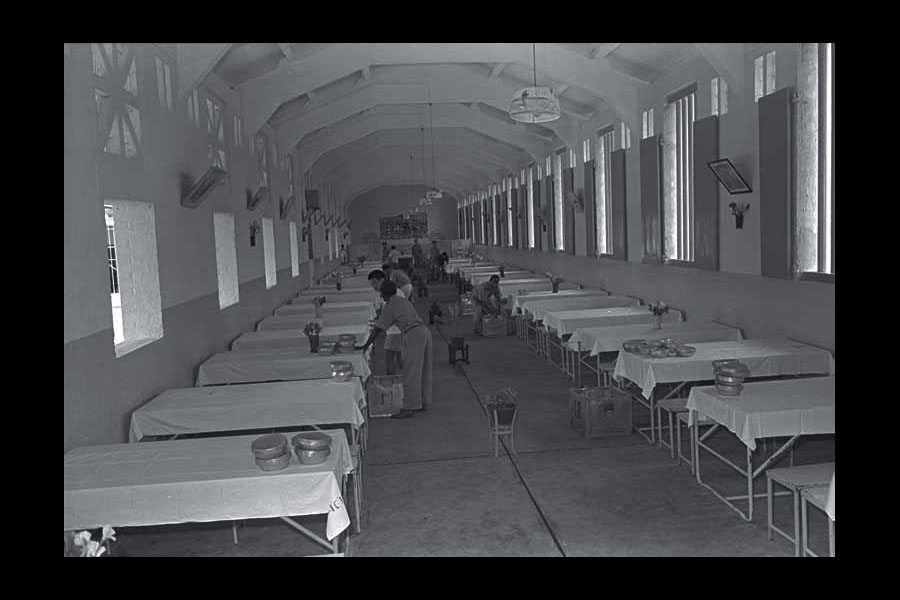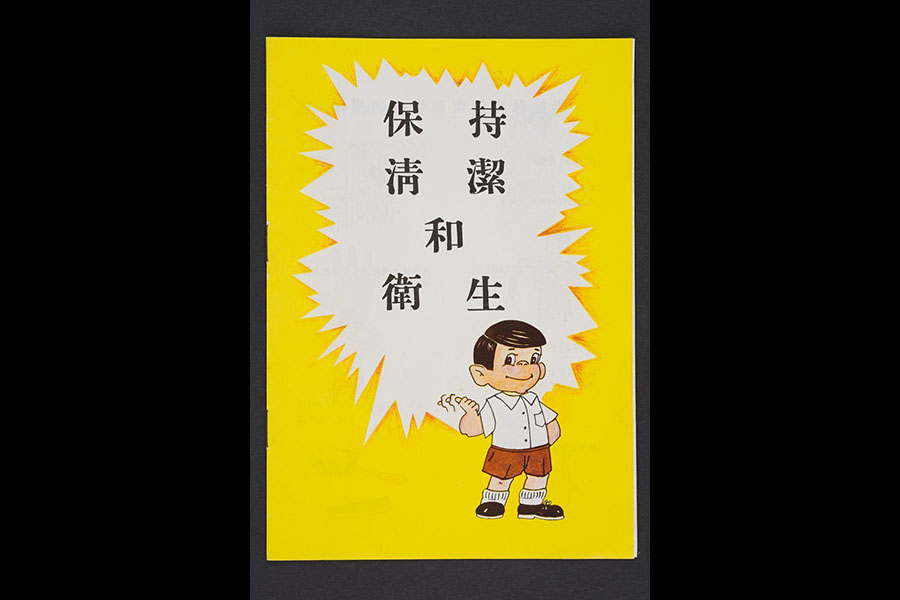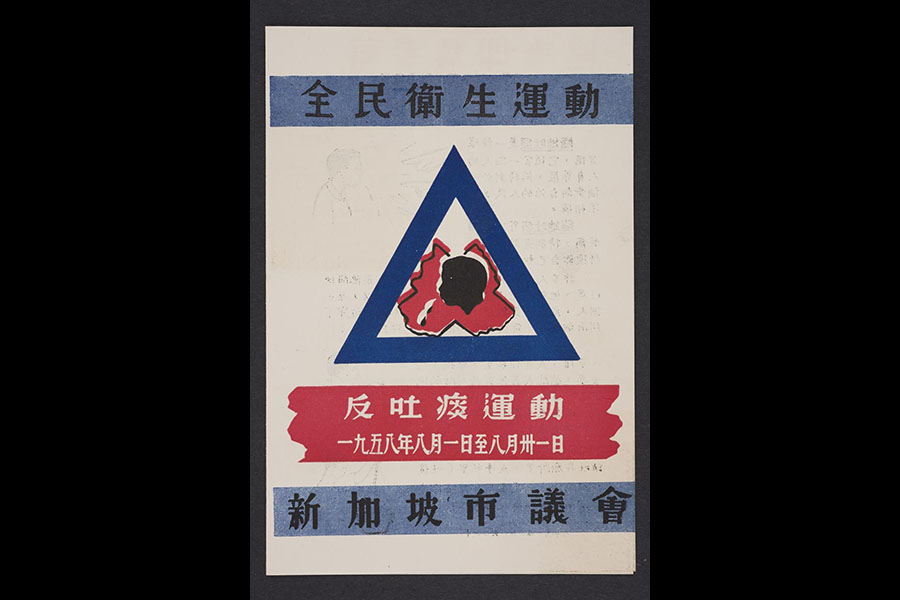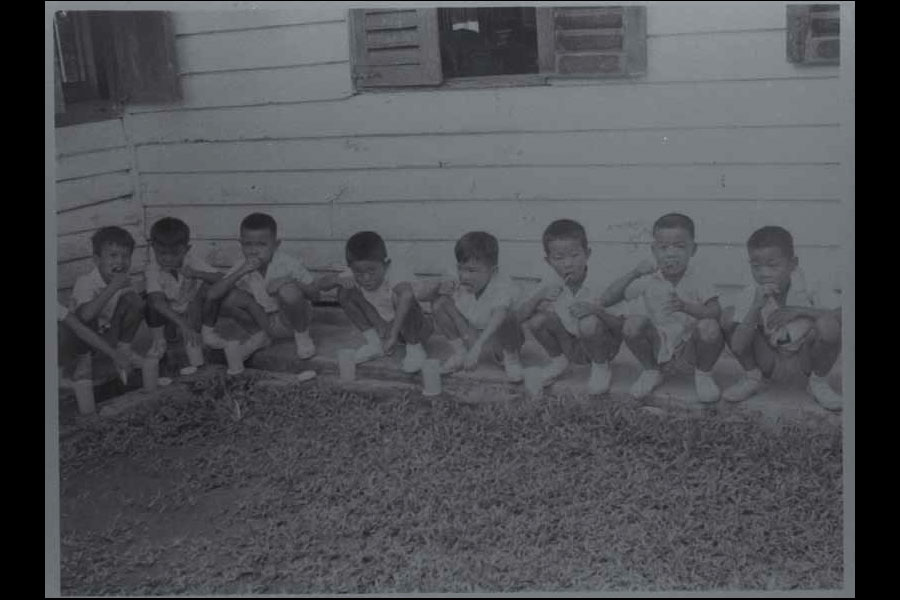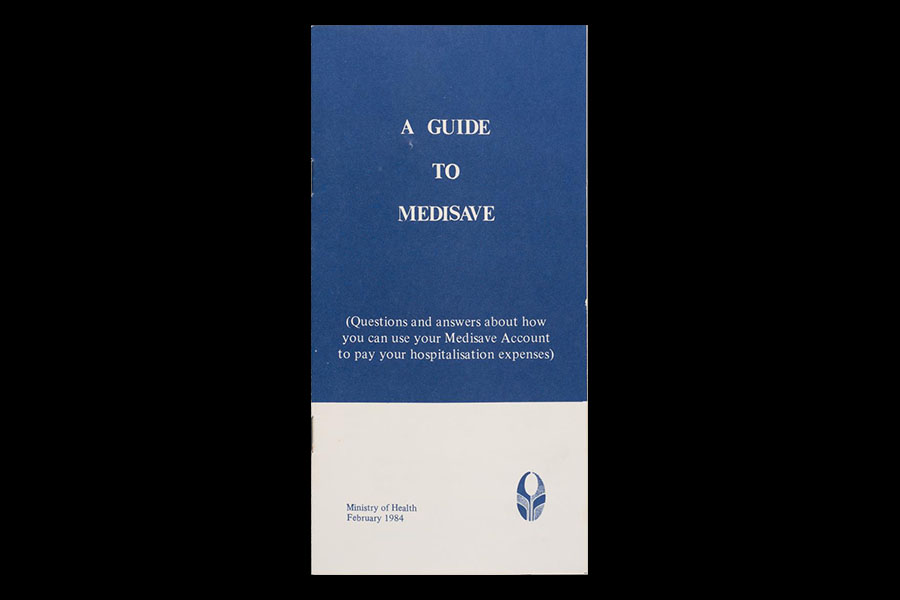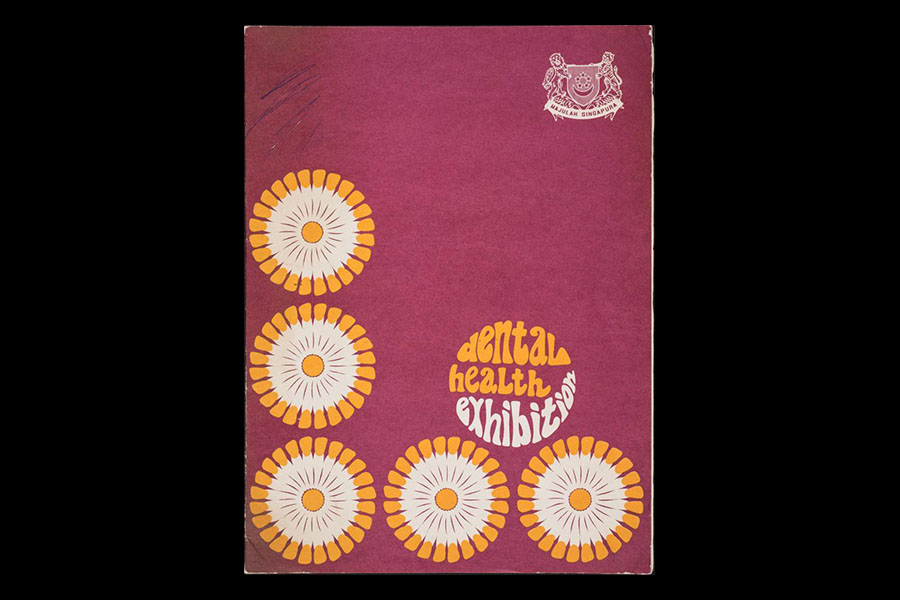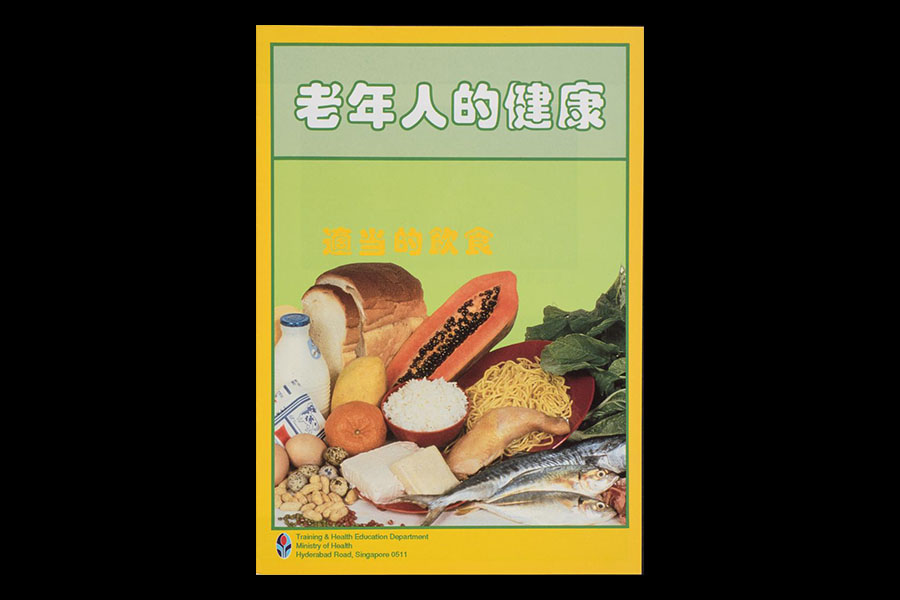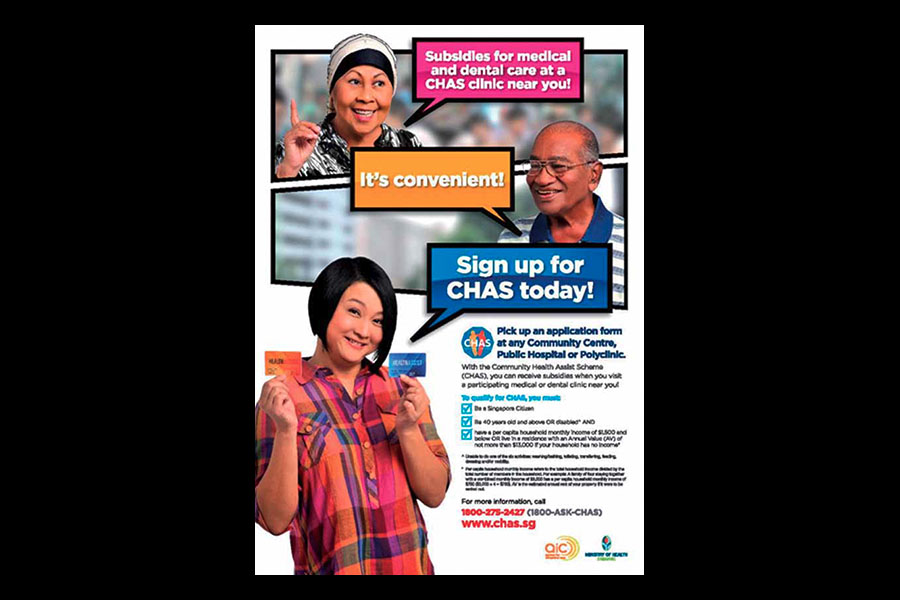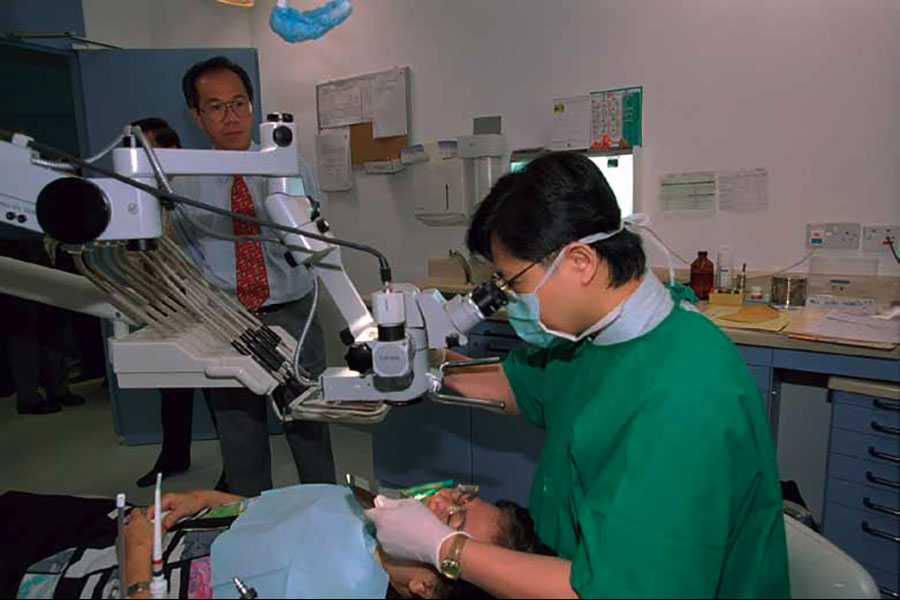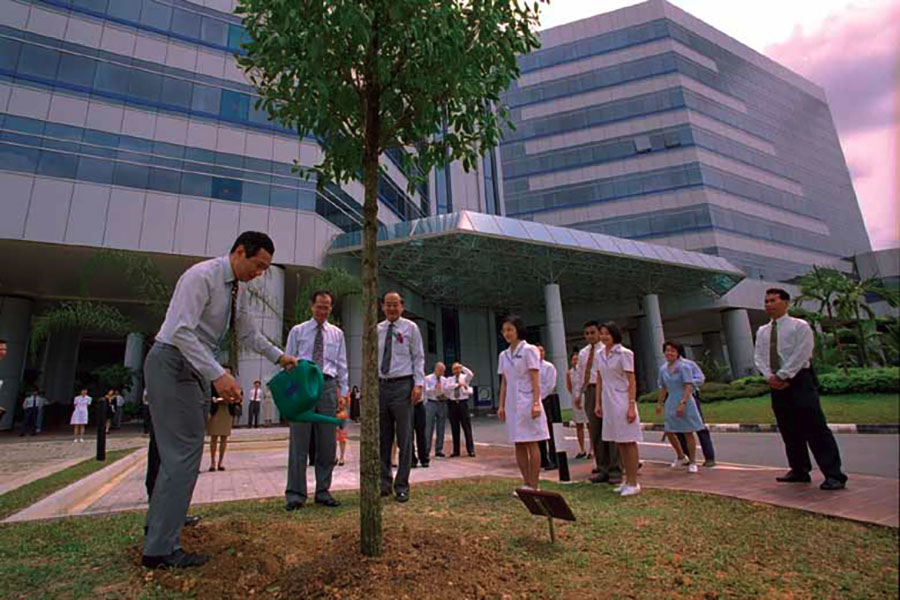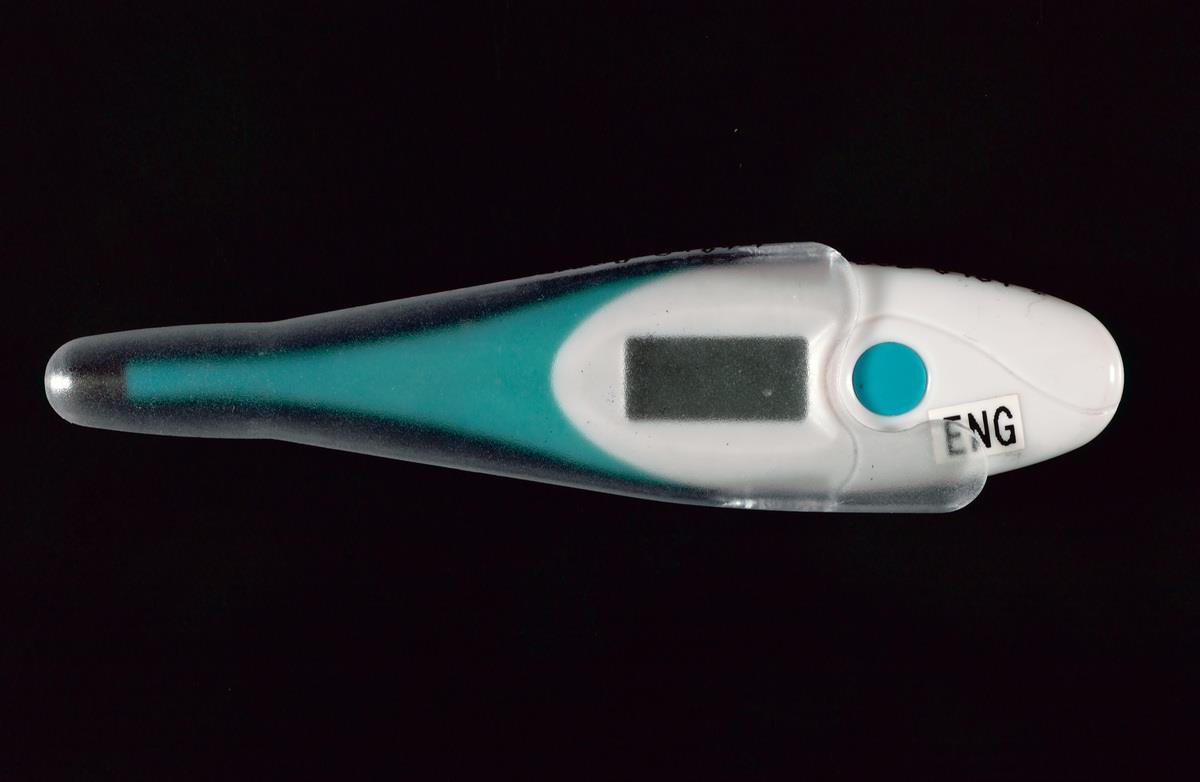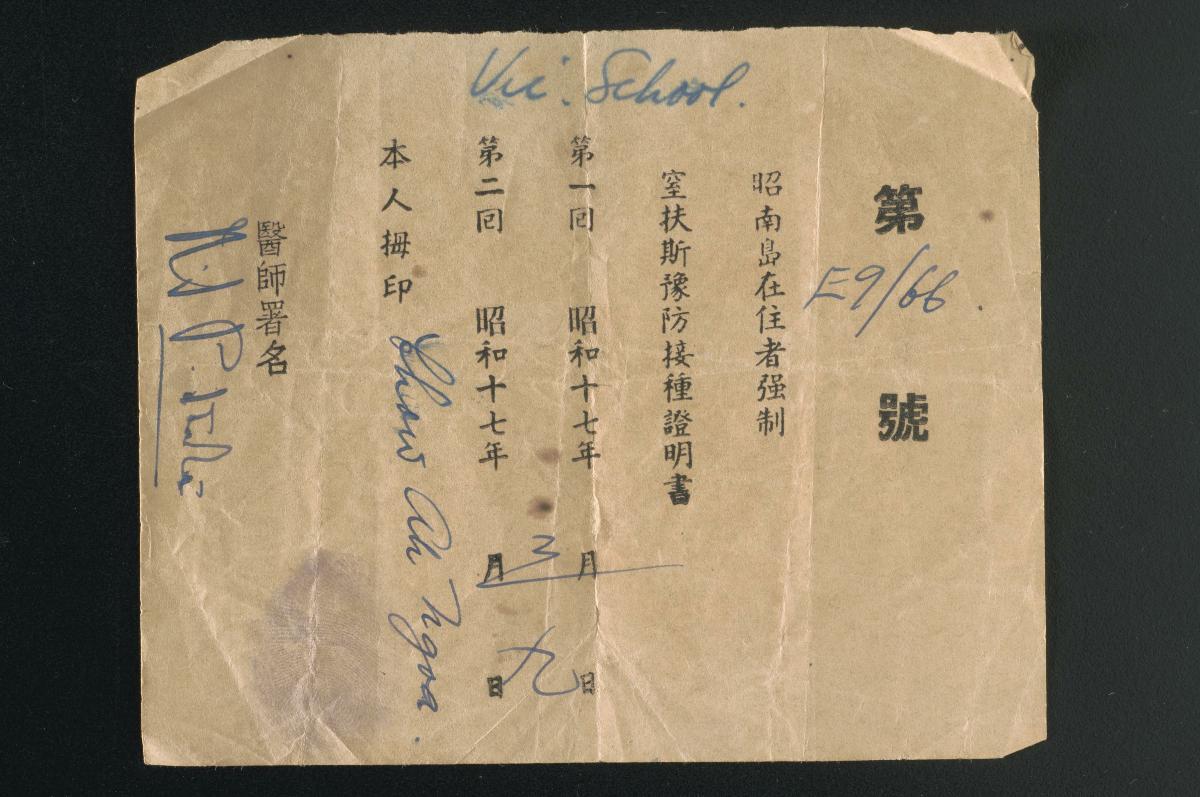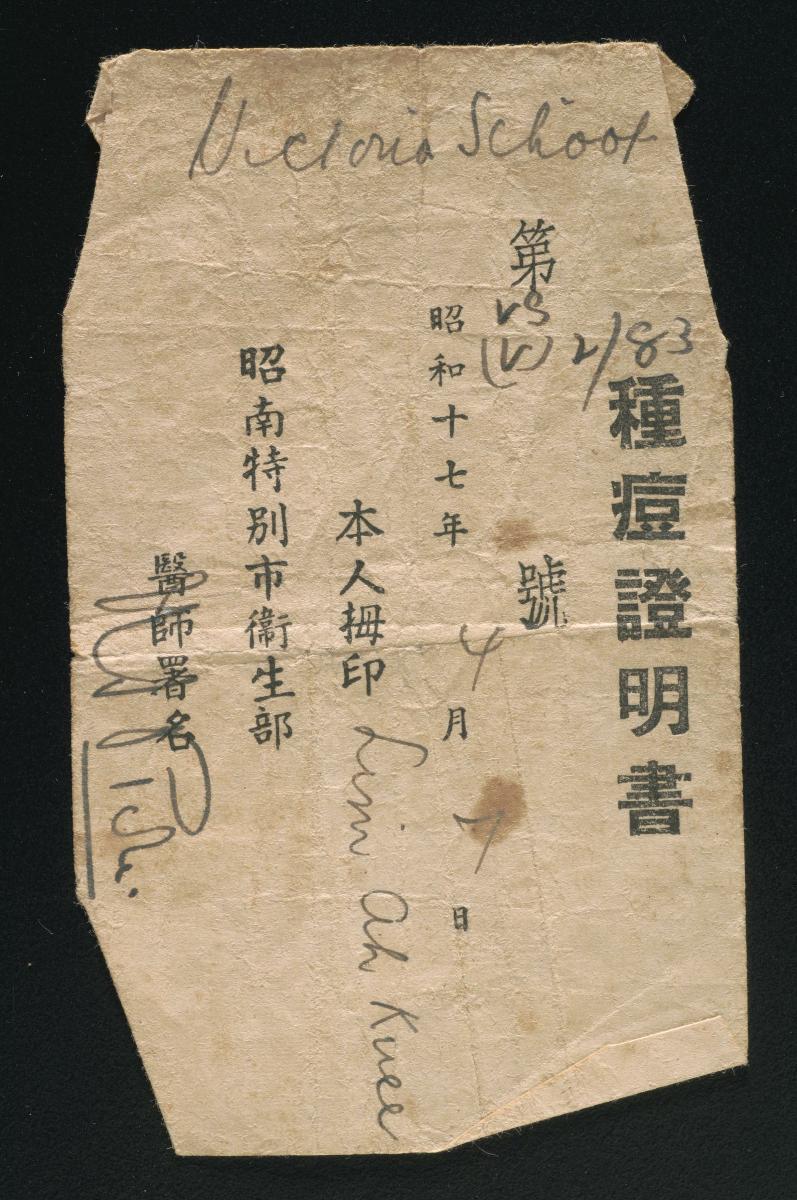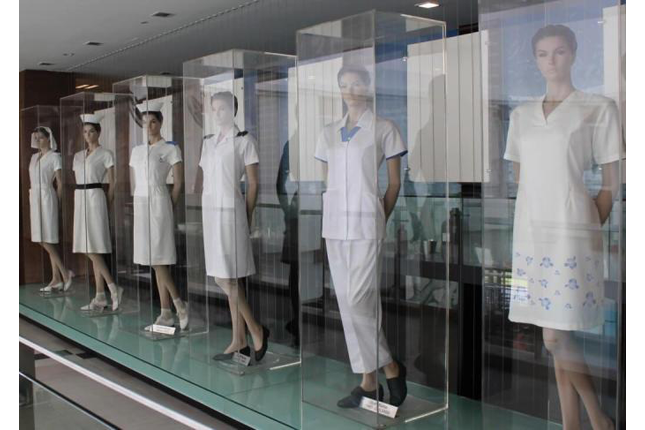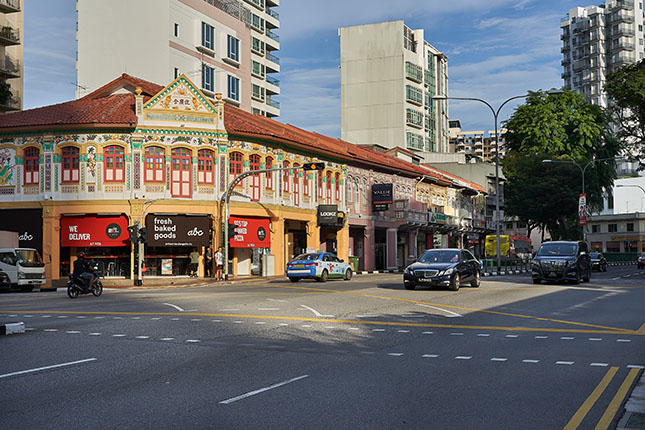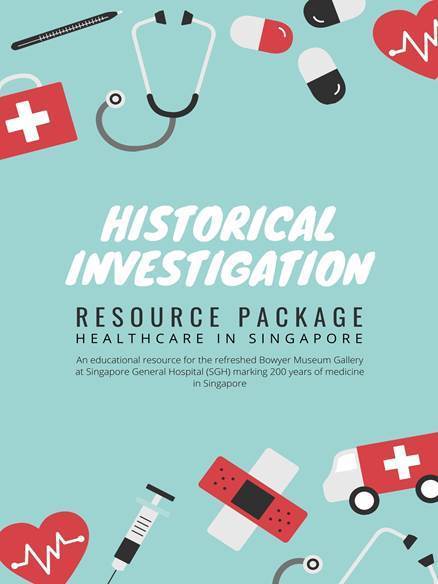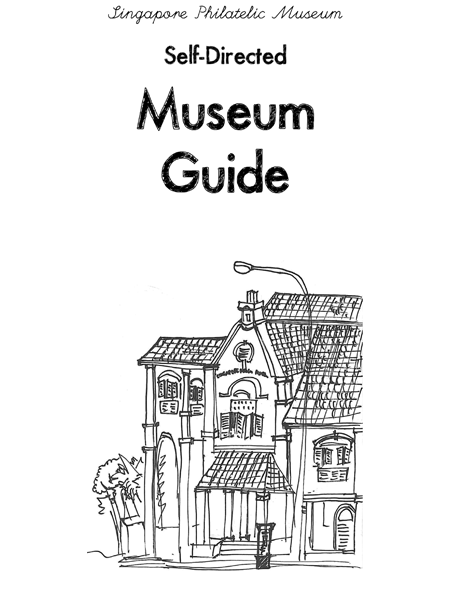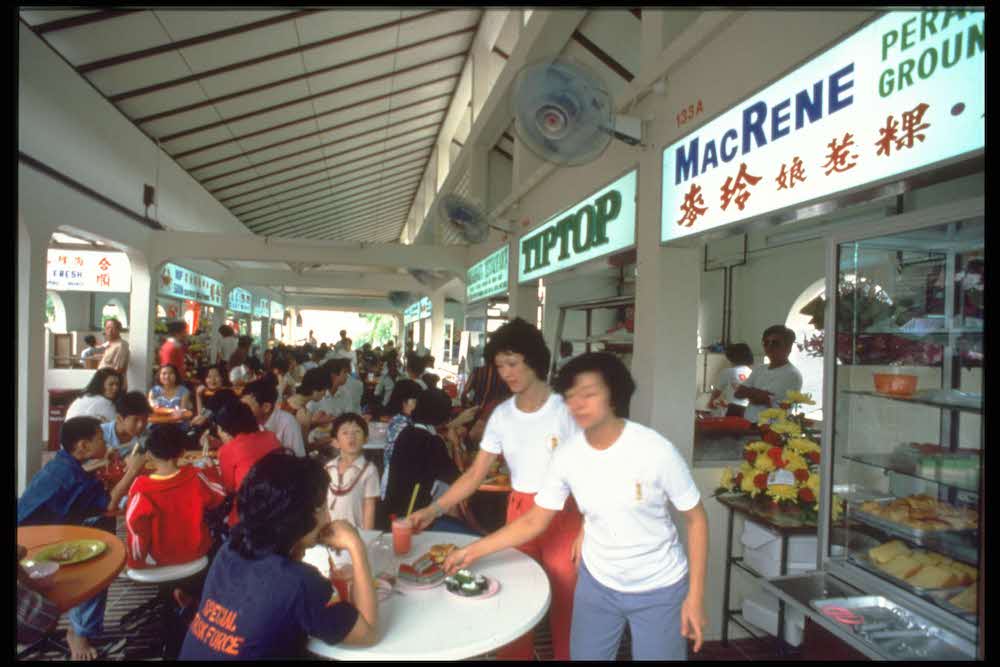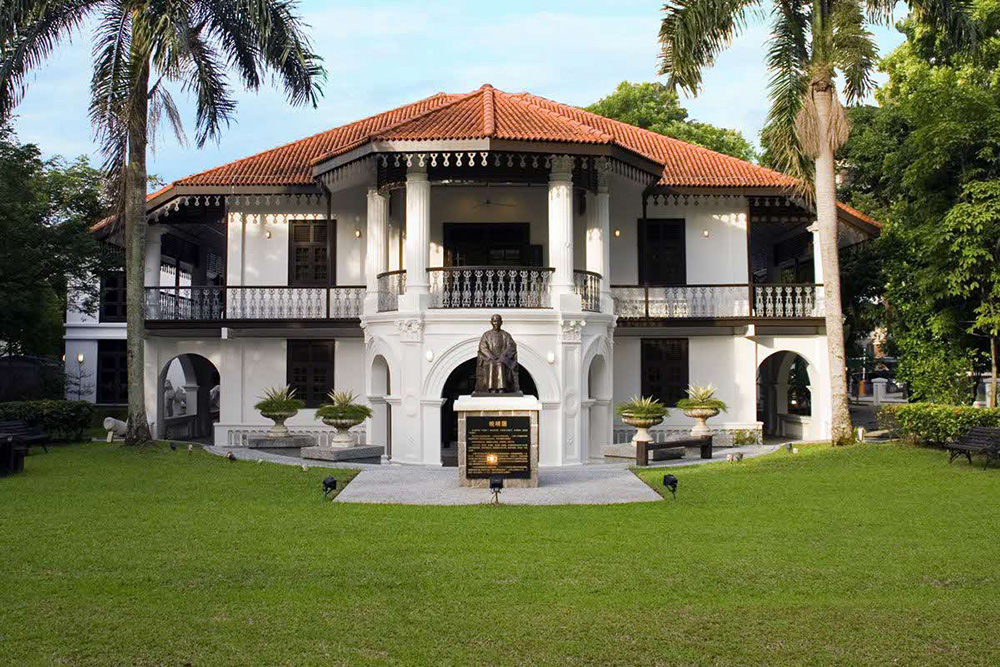This article is adapted from the 2015 exhibition 200 Years of Healthcare that was developed by the National Heritage Board in collaboration with the Museum Roundtable. The exhibition focussed on the history and evolution of healthcare in Singapore from the 1800s to present day Singapore and showcased the significant milestones and achievements of the healthcare sector.
Singapore's Healthcare System in the 1800s
From the 1800s to the first half of the 1900s, traditional medical practices as well as home remedies were the primary means of healthcare for non-European communities in Singapore. During this period, the Chinese sought medical treatment from sinsehs (traditional Chinese physicians), the Malays from bomohs or dukans (shamans) while the Indians relied on Ayurvedic medicine.
Western medical practices arrived in Singapore in 1819 when Thomas Prendergast, a Sub-Assistant Surgeon, landed on the island with Sir Stamford Raffles. Joined later by William Montgomerie, an Assistant Surgeon, the two men attended to the medical needs of the European community and their troops. The appointment of the first rural health officer in the late 1830s marked the beginning of organised public health services in Singapore.
In October 1830, Thomas Oxley was appointed Assistant Surgeon in Singapore, and was head of the medical department from 1844 to 1857. The Municipal Health Department was subsequently established in 1887 to manage the increased need for health services within the city area, and the Rural and Urban Health Authorities was established in 1896 to oversee sanitation and the administration of health laws. In 1890, the Straits Medical Association was established by Sir Dr David James Galloway for local medical practitioners to discuss and conduct research on local diseases.
The first steps toward the prevention and control of infectious diseases were adopted by the British government in the 1860s through the introduction of laws on vaccination, quarantine and registration of births and deaths. In 1868, the Vaccination Ordinance was enacted and smallpox vaccination was made compulsory with effect from 1 May 1869. Yet, public health measures were still inadequate at the turn of the century and the rate of mortality in Singapore remained high.
Early Hospitals in Singapore
The Singapore General Hospital (then known as the General Hospital) (SGH) is the first hospital built on the island and started as a humble wooden shed in a British military camp in the vicinity of Bras Basah Road and Stamford Road. Through the years, the hospital relocated to several sites and underwent several name changes before finally settling at its present location at Outram Road during the 1880s.
Known as See Pai Poh (施排埔) amongst the Chinese community, it was rebuilt twice on the same site during the 1900s. Officially opened on 29 March 1926 by Sir Lawrence Nunns Gullemard, then Governor of the Straits Settlement, SGH was the only hospital back then that had "Singapore" in its name which affirmed its status as the country's premier hospital.
In addition to SGH, Tan Tock Seng Hospital (TTSH) is another of Singapore's oldest hospitals and was initially known as the Chinese Pauper Hospital. The foundation stone for the first TTSH building was laid on Pearl's Hill on 25 May 1844 after Tan Tock Seng, a wealthy businessman, contributed 5,000 dollars to fund its construction cost. TTSH shifted locations thrice before moving to its current site at Jalan Tan Tock Seng.
Kandang Kerbau (KK) Woman’s and Children’s Hospital (KKH) started in 1858 with the establishment of the fifth General Hospital in Kandang Kerbau. For more than six decades, KKH served different purposes and underwent several name changes before it finally became a maternity hospital in 1924. From the 1950s to the 1970s, KKH was the world's busiest maternity hospital and achieved a historical high of 39,835 deliveries in 1966.
Other Healthcare Institutions in the 1800s
Singapore's first maternity hospital opened on 1 January 1888 at the junction of Victoria Street and Stamford Canal with a capacity of eight beds. It was replaced by the new Maternity Block at the General Hospital which commenced operations in 1908, and subsequently re-opened as the Free Maternity Hospital in 1914. The hospital closed down on 1 October 1924 on the day KKH opened its doors.
Built in 1841, the Insane Hospital was the first psychiatric facility in Singapore and it started with 30 beds. Located at the junction of Bras Basah Road and Bencoolen Street, the hospital grew to accommodate 130 males and 1 female by 1860. In 1861, the hospital moved to a site near the fifth General Hospital in Kandang Kerbau and was renamed Lunatic Asylum. The asylum relocated to a 300 bed facility at Sepoy Lines in 1887 following a cholera outbreak at the previous asylum and the new asylum was renamed New Lunatic Asylum.
In addition to public healthcare institutions, there were other private non-profit healthcare institutions such as Singapore Thong Chai Medical Institution (formerly known as Thong Chai Yee Say). Established in 1867 by a group of Chinese immigrants to provide free medical treatment for the needy, the institution is the oldest Chinese medical institution in Singapore. It originally operated out of rented shophouse at 31 Upper Pickering Street before relocating to 50 Eu Tong Sen Street in 1892 and subsequently to a new 10 storey building at Chin Swee Road in 1976.
Singapore's Healthcare System from 1900 to pre-1965
The colonial government introduced a series of healthcare services in the early 1900s and these included the Maternal and Child Health Service in 1907, the School Health Service in 1921 and Singapore's first public dental clinic in 1929. However, traditional medicine and medical practices remained the primary means of healthcare for the Chinese, Malay and Indian communities during the first half of the 1900s.
During the 1940s, the development of Singapore's healthcare system was disrupted by the World War II and the Japanese Occupation. In the early post-war years, malnourishment was rife, infant mortality rate was high and infectious diseases continued to be widespread. The colonial government, however, acted expediently to restore the public health system and the health of the general population gradually returned to pre-war levels by the late 1940s.
The colonial government also approved a 10-year Medical Plan formulated by Dr W J Vickers (then Director of Medical Services) in 1948. The priorities outlined in the aforementioned plan included the establishment of more maternity and child clinics; the expansion and modernisation of hospitals; the development of school clinics; and mass immunisation against infectious diseases. In 1950, a notable advancement in health measures on the islands off Singapore was made with the launch of a floating dispensary.
Following the attainment of self-governance in 1959, all medical and health services in Singapore were reorganised and unified under the administration of the Ministry of Health in 1961. In 1962, the government introduced mandatory immunisation against diphtheria and other nationwide immunisation exercises included the anti-tuberculosis bacille Calmette-Guerin (BCG) vaccination for newborns in 1957.
Healthcare Institutions and Associations in Early Singapore
The 1900s witnessed the establishment of several military hospitals in Singapore and they included Alexandra Hospital (formerly known as British or Alexandra Military Hospital) (1940); Sembawang Hospital (formerly known as Naval Base Hospital) (late 1920s to early 1930s); and Changi Hospital (formerly known as Royal Air Force Hospital) (1935). It is worthwhile to note that at the time Alexandra Hospital was established, it was the largest and best-equipped hospital in the British Far East Command.
In addition to military hospitals, a number of public and private hospitals were established during this period. Examples of public hospitals established then included Toa Payoh Hospital (formerly known as Thomson Road Hospital) in 1959 and Middle Road Hospital in 1945 while examples of private hospitals included Gleneagles Hospital (1959) and Parkway East Hospital (1930s).
Located at Yio Chu Kang, the Institute of Mental Health (IMH) (formerly known as the Mental Hospital) was established in 1928 and replaced the New Lunatic Asylum. In 1951, the hospital was renamed as Woodbridge Hospital in an attempt to remove the stigma associated with mentally ill patients. In 1993, the hospital moved to Buangkok View and it was renamed as IMH to reflect its emphasis on research, training and mental health education.
It was also during the 1900s that a number of non-profit healthcare institutions were established, and examples included St Andrew's Mission Hospital (1923) which started as a dispensary for women and children; Mount Alvernia Hospital (1961) which was founded by a group of nuns from the Franciscan Missionaries of the Divine Motherhood; and the Kwong Wai Shiu Hospital (1910) which was founded by a group of Cantonese merchants to provide free medical care to Cantonese immigrants.
Singapore's Healthcare System post-1965
After Singapore attained independence in 1965, the government continued to step up its efforts to improve the quality of healthcare on the island. It was during this period that Western medicine and medical practices gradually overtook traditional medicine and medical practices as the primary means of healthcare and the majority of the population.
In addition, many nationwide health campaigns were introduced to address the country’s health issues, and these campaigns included the Family Planning Campaign and the Dental Health Campaign launched during the 1960s, National Heart Week in the 1970s and the National Smoking Control Programme in the 1980s.
The Family Planning Campaign was a three-month campaign launched to raise awareness of the need for family planning and the disadvantages of large unplanned families. Its slogan of "Two is Enough" is well remembered by Singaporeans born in the 1970s (or earlier) and it was so effective that fertility rate in Singapore fell from over four children per female in 1965 to less than two in the 1980s.
The Dental Health Campaign was launched in 1969 and as part of the campaign, students were supplied with a toothbrush and a plastic mug (for 25 cents) and compulsory brushing of teeth was introduced in all primary schools (usually after recess and conducted along drains) to inculcate in students the habit of brushing teeth daily using proper techniques.
During this period, a number of public and private hospitals were also established. The former included the National University Hospital (1985) which continues to serve as the principal teaching hospital for the National University of Singapore's medical and dental faculties while the latter included Mount Elizabeth Hospital (1979), one of the largest private hospitals in Singapore, and the former Thomson Medical Centre (1979) (now known as Thomson Medical Pte Ltd).
Singapore's first comprehensive National Health Plan which outlined a preventive approach towards health management was introduced in 1983. At the heart of the plan was Medisave, the first of its kind in the world, which was implemented in 1984. The scheme is a compulsory national savings scheme that requires each Singaporean working adult to set aside a part of his/her income to meet future medical expenses.
The government also started the journey of restructuring all public hospitals in Singapore during the 1980s to grant hospitals greater autonomy in delivering improved services to patients in an efficient manner.
Singapore's Healthcare System: 1990s and Beyond
During the 1990s, the White Paper titled "Affordable Health Care" was introduced to address the issue of escalating healthcare costs and to serve as a blueprint for developing Singapore's healthcare system for the 21st century.
The 1900s and 2000s also saw the introduction of MediSave (1984), MediShield (1990) and MediShield Plus (1994) which are key components of the national medical insurance scheme. Medifund (1993) and Medifund Silver (2007), both endowment funds targeted to help Singaporeans who do not have enough money to pay for their medical expenses, were also launched as part of the government's public assistance schemes.
Unveiled in 2012, the Healthcare 2020 Master Plan encompasses a set of strategies to transform Singapore’s healthcare system so as to enhance the accessibility and quality of healthcare for all Singaporeans. These strategies include the reorganisation of the healthcare system into Regional Health Systems to provide integrated care and the introduction of outpatient team-based care for patients.
Major steps have also been taken since 2012 to keep healthcare affordable. These include the expansion of the Community Health Assist Scheme (CHAS) to offer subsidised outpatient care at private General Practitioners (GPs) and dental clinics to middle and low-income Singaporeans aged 40 and above; and the introduction of the Pioneer Generation Package which offers healthcare benefits for Singapore's pioneers.
Public Hospitals and Specialist Centres
Changi General Hospital (CGH) was opened in 1998 and became Singapore's first purpose-built general hospital to serve communities in the east and northeast regions. It replaced the Changi Hospital and Toa Payoh Hospital, both of which ceased operations in early 1997. During the mid-2000s, CGH became the first regional general hospital which had a community hospital, St Andrew Community Hospital, located next to it.
Khoo Teck Puat Hospital, opened in 2010, is another regional general hospital "twinned" with the Yishun Community Hospital and focuses on serving the northern region of Singapore. Likewise, the Ng Teng Fong General Hospital is be the regional hospital for the Jurong area and it is "twinned" with the Jurong Community Hospital.
As part of the Healthcare 2020 Master Plan announced in 2012, a number of new hospitals will be established over time to meet the projected long-term demand for healthcare services and these new hospitals include both Sengkang General Hospital and Sengkang Community Hospital as well as an integrated hospital hub with the Yishun Community Hospital, Admiralty Medical Centre and Woodlands Integrated Healthcare Campus (to be opened in phases from 2022).
In addition, to address the growing need for specialised treatments, a number of specialist centres were established and they included the Singapore National Eye Centre (1990), the Singapore Heart Centre (1994), the National Dental Centre (1997), the National Neuroscience Institute (1999) and the National Cancer Centre Singapore (2000).
Key Medical Milestones
- The first kidney transplant was successfully carried out on 8 July 1970 at Singapore General Hospital (then known as Outram Road General Hospital)
- The first "test-tube" baby in Asia was successfully delivered at Kandang Kerbau Hospital on 19 May 1983.
- The first heart transplant was successfully carried out on 6 July 1990 at Singapore General Hospital.
- The first liver transplant was successfully carried out on 29 September 1990 at Singapore General Hospital under Dr Susan Lim, the second female doctor in the world to perform a liver transplant.
- The world's first peripheral blood stem cell transplant was successfully carried out by Singapore General Hospital on 7 September 1995.
- The first lung transplant was performed on 19 November 2000 by a multidisciplinary team from Singapore General Hospital, National Heart Centre Singapore and National Cancer Centre Singapore.




